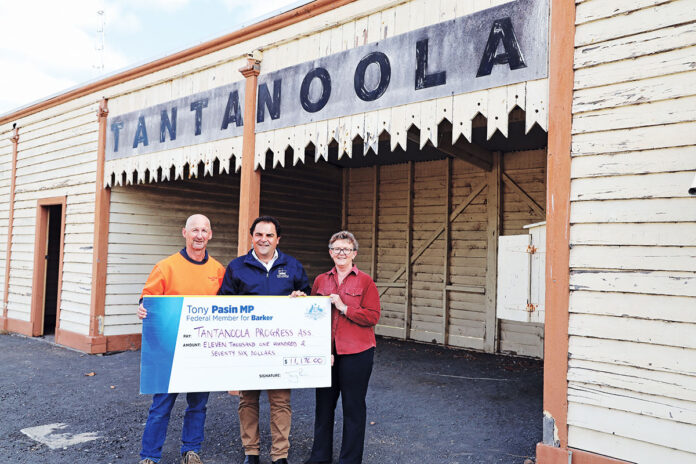The third and final dung beetle species imported to Australia as part of the Dung Beetle Ecosystem Engineer project is finally here – but how does it differ from the other two species and what does this mean for red meat producers?
The MLA-supported Dung Beetle Ecosystem Engineer (DBEE) project reached a major milestone last month – the arrival of a new dung beetle species, Gymnopleurus sturmi, on Australian shores.
CSIRO project lead Dr Valerie Caron said there was a distinct difference between this species and the two that preceded it.
“The first two species [O. vacca and O. andalusicus] are tunnellers which burrow dung straight into the ground to house eggs and feed larva,” she said.
“G. sturmi is a roller, which takes a chunk of dung, shapes it into a ball and rolls it away to bury it.”
While both of these behaviours reduce surface dung, the two different types of beetles working in synergy speed up the process.
“Tunnellers focus on the middle of a cow pat; rollers take dung from the sides,” Dr Caron said.
“Working together, both types of beetles disperse dung more quickly, deterring flies from laying eggs … and because G. sturmi aggregate on the surface in search of a partner, they trample the cow pat, too. This should further deter flies.”
Dr Caron said although the new dung beetles moved dung in a different way to the other two species, the benefits of all species were similar dependant on what season each species is most active.
“Through the act of burying dung, dung beetles can improve the flow of water, nutrients and carbon into root zones, enhancing soil carbon and fertility as well as boosting pasture productivity,” she said.
Despite the establishment of 23 introduced species since the 1960s, there are not many in southern Australia which remain active in late winter and/or spring.
“G. sturmi beetles, which originated in Morocco, are typically active in spring and even into summer. This means that once they’re commercially, the G. sturmi‘s benefits will be particularly noticeable around that time of high activity,” she said.
Charles Sturt University will lead a mass-rearing program for the imported dung beetles species with the help of Australian producers through the DBEE project.
“Eventually, G. sturmi will be placed into outside cages to protect them against predators such as ibis, crows and foxes,” Dr Caron said.
“The producers [involved in the DBEE project] will feed them for a year or more and all going to plan, we’ll have sufficient numbers to release this new species in the field in spring 2023.”




